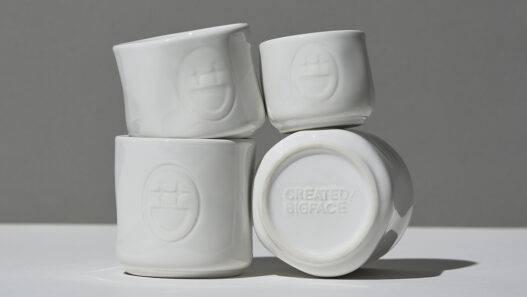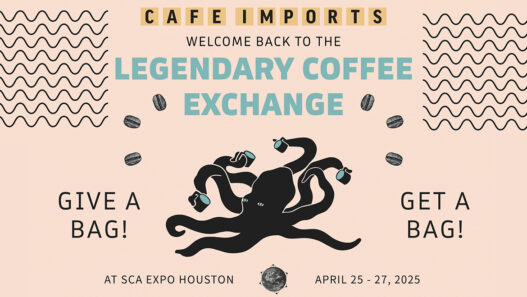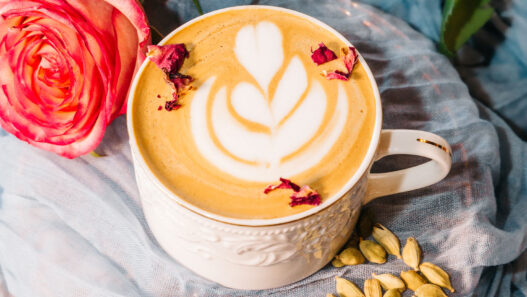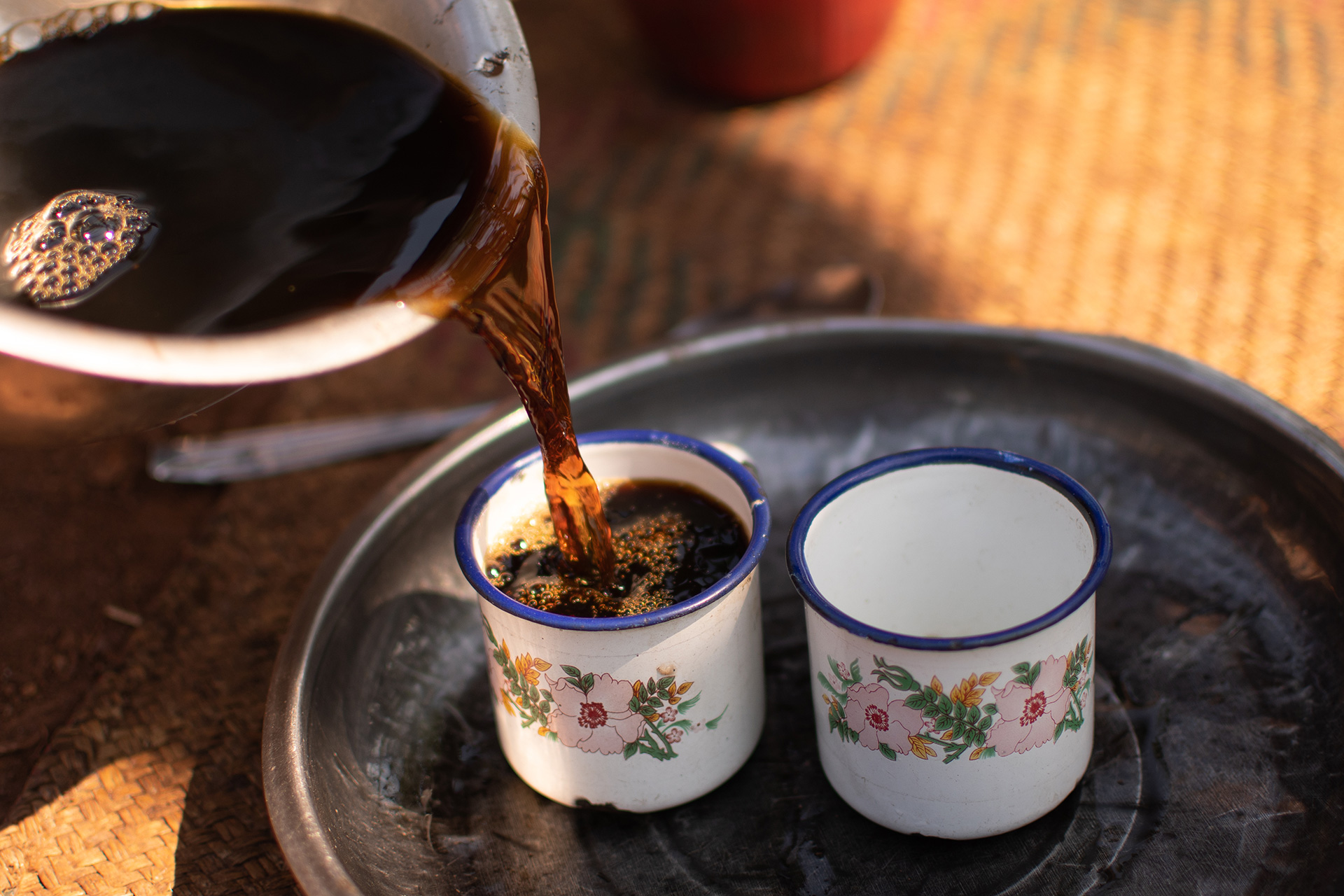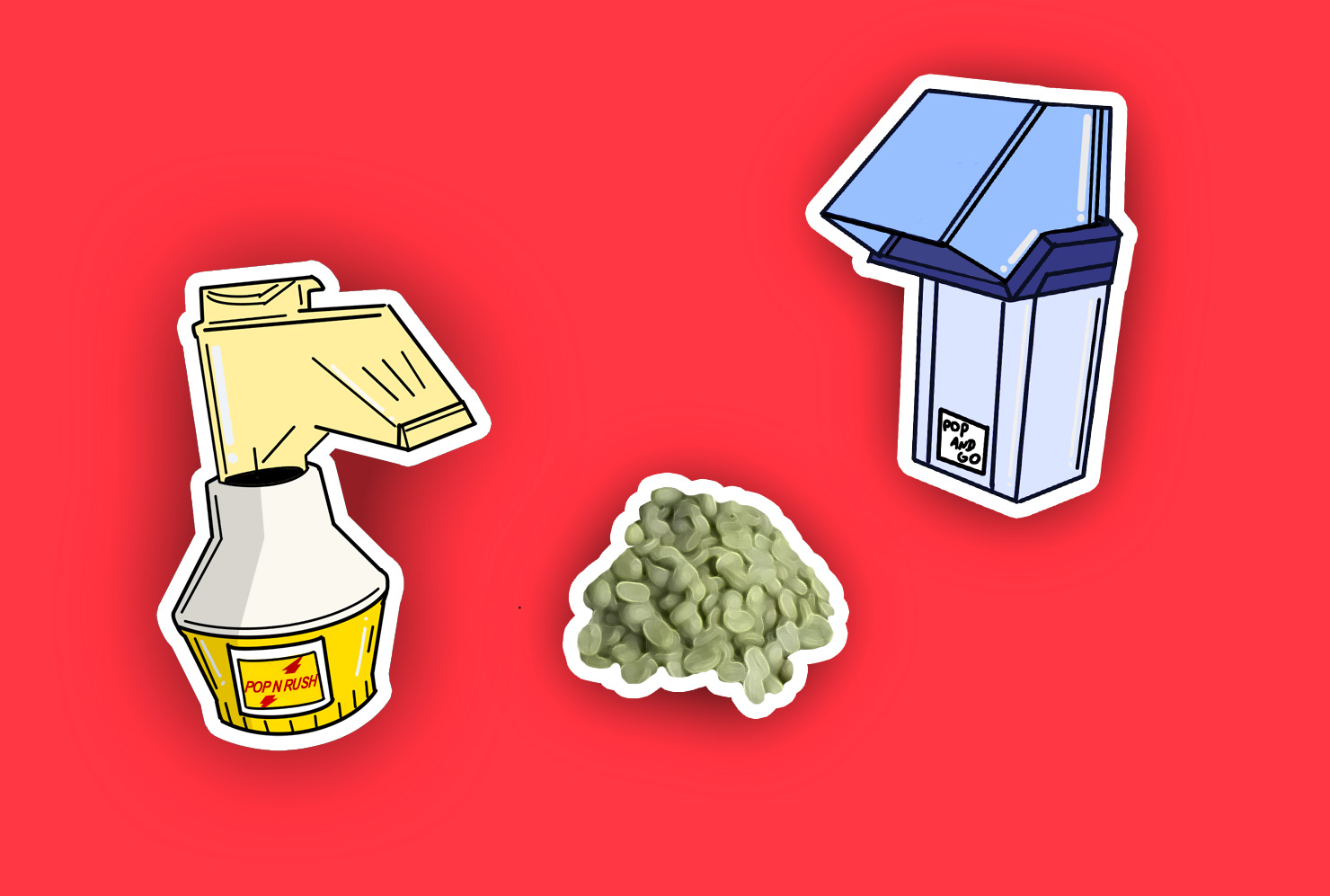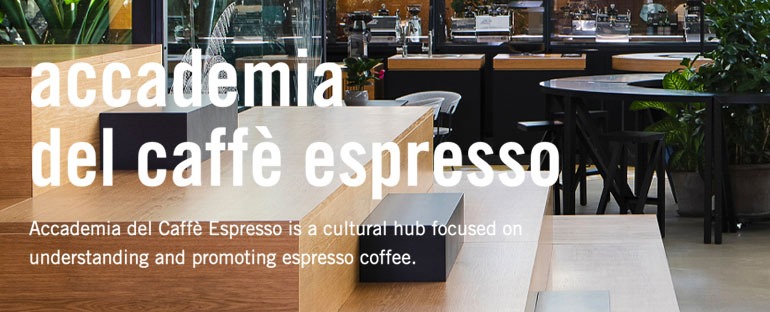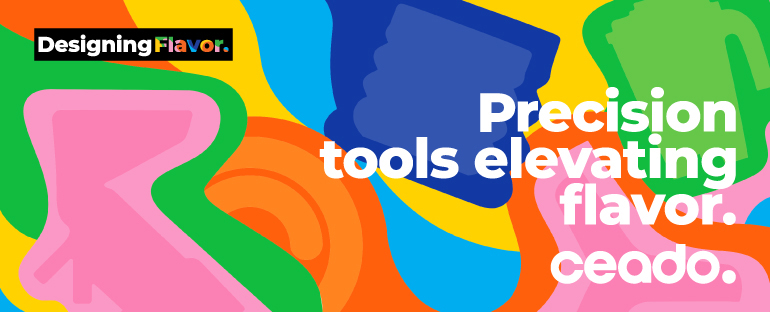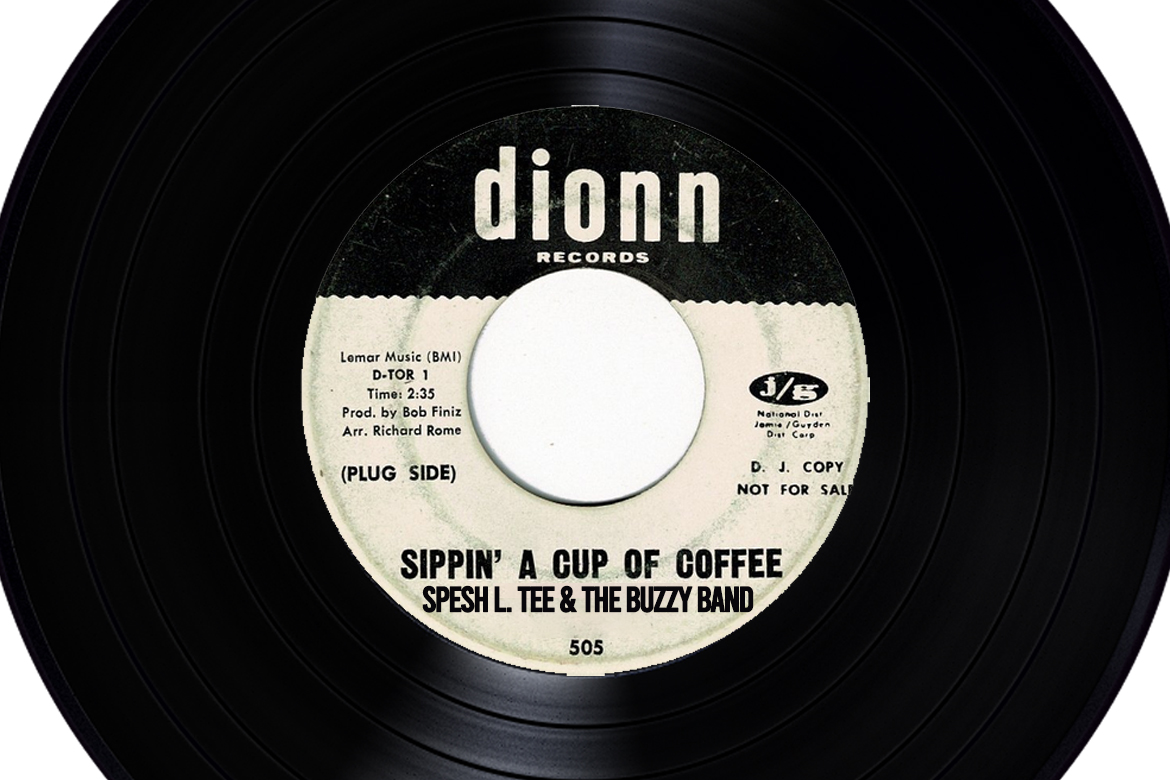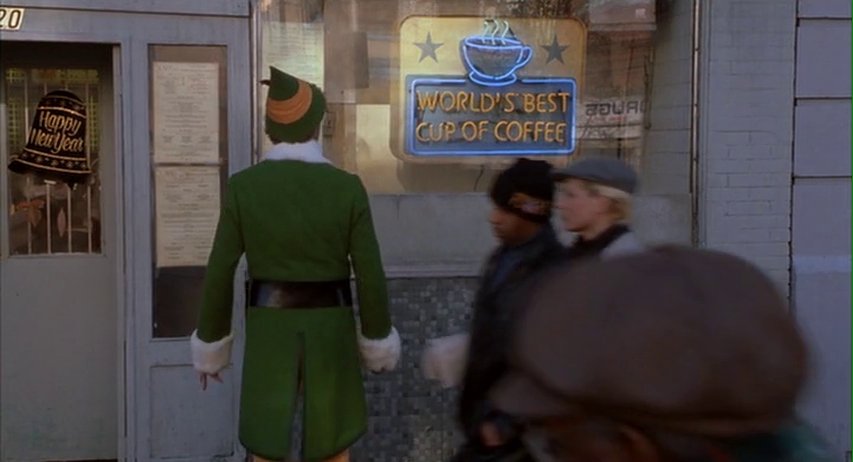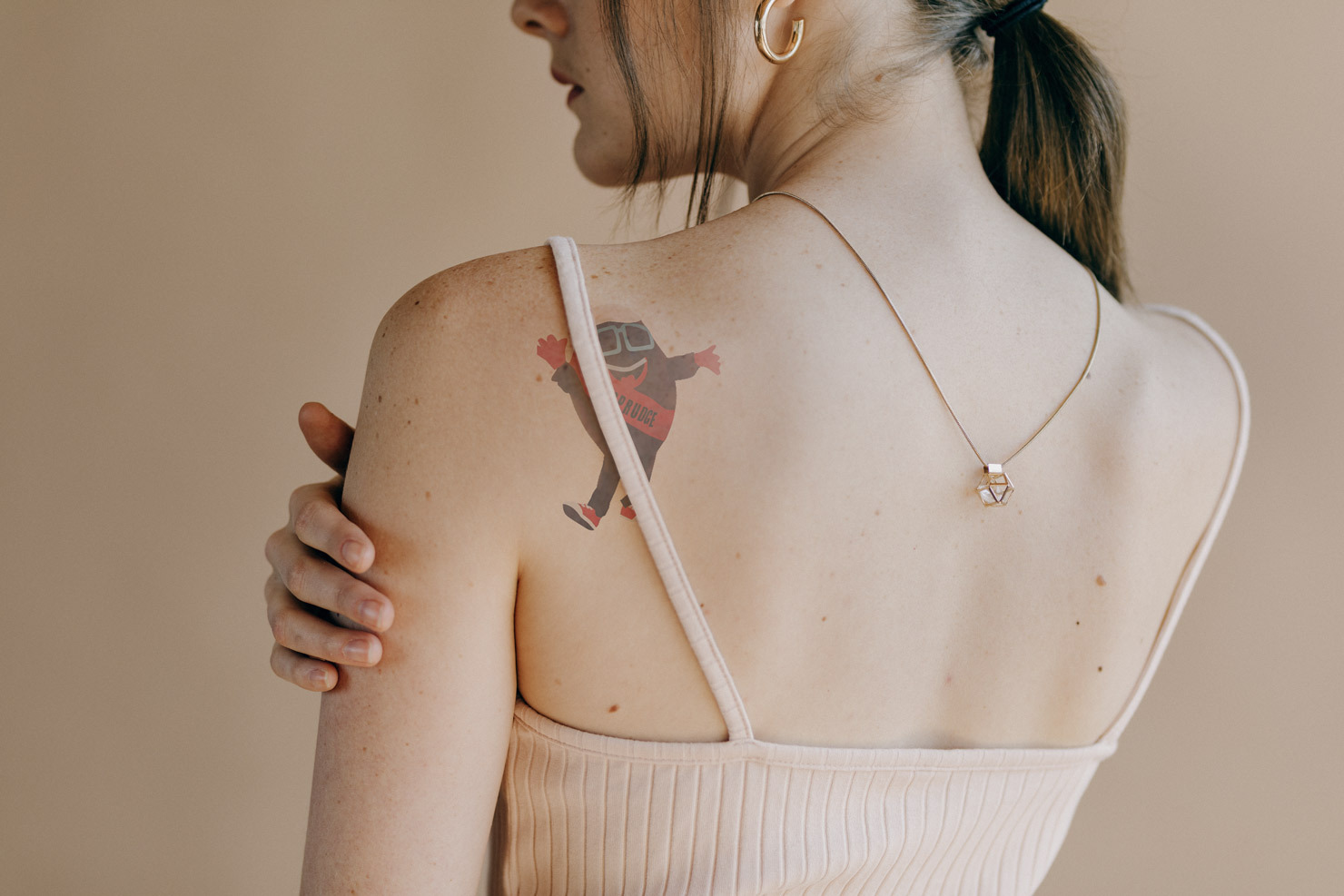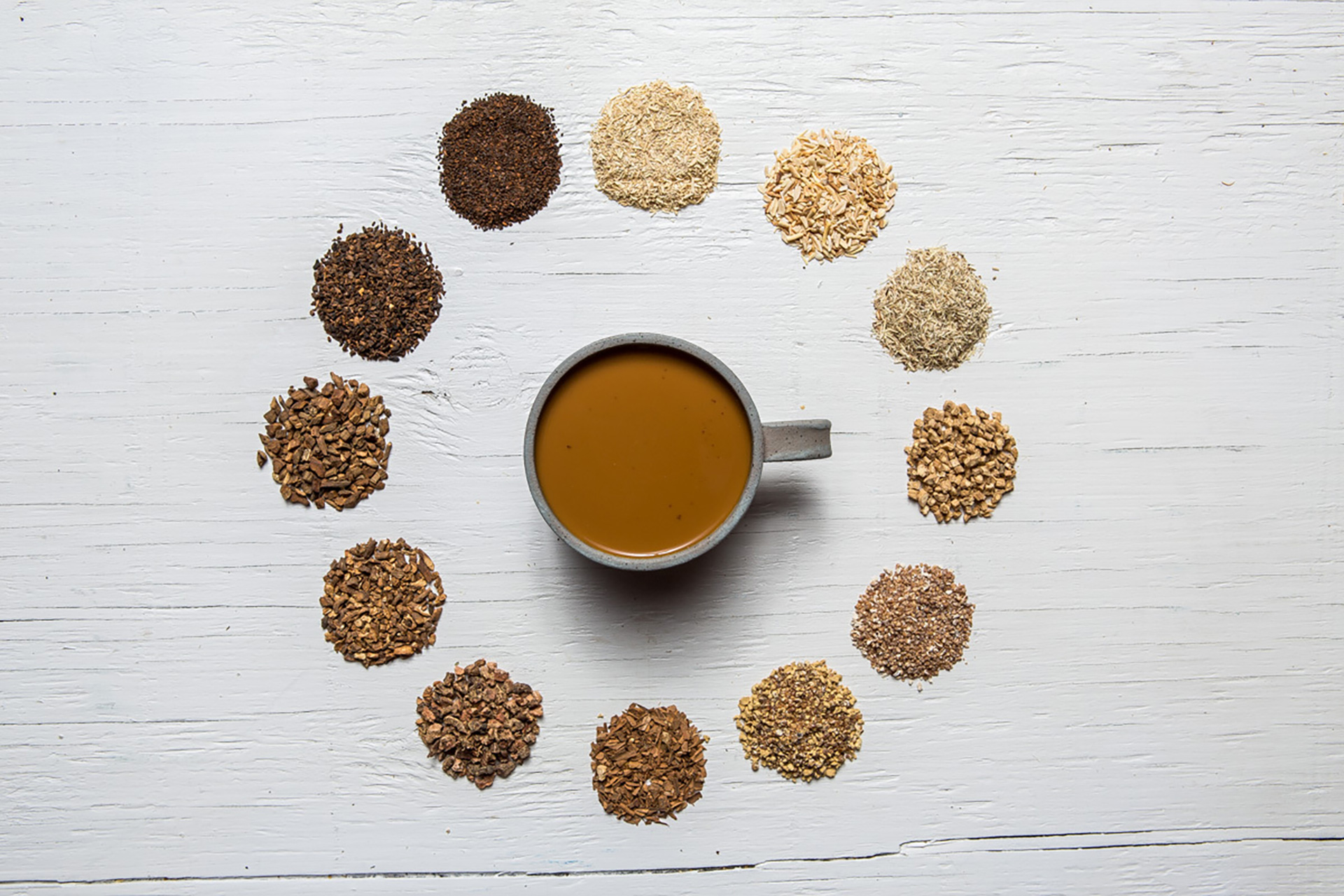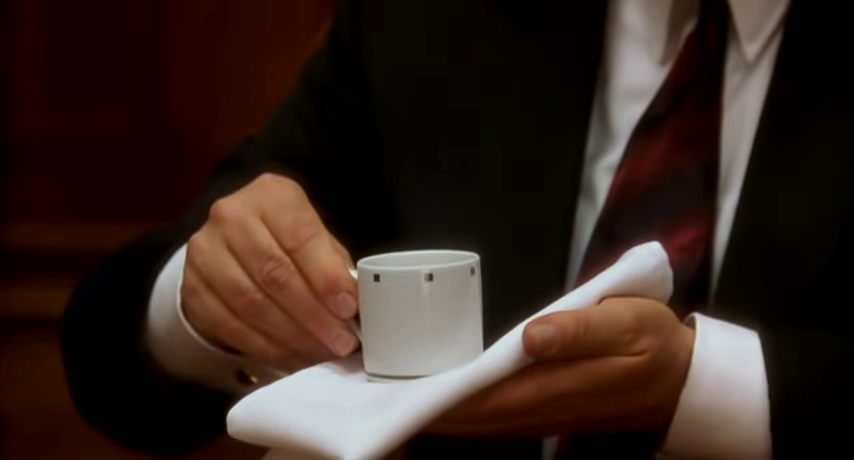For the determined and the diligent, there are many ways to roast one’s own coffee at home.
Most people start small; roasting-curious folks might use cast iron pans or hot-air popcorn poppers like the Whirly Pop or the Nostalgia Electric popcorn popper, though keep in mind that you risk voiding your warranty by using your popcorn popper for any other purpose than popping popcorn! RK Drums offers a Turn Your Grill Into A Coffee Roaster DIY pack, where they ship the drum and the kit to people who want to convert their BBQ grills into a home coffee roaster. But those bit seriously by the home roasting bug will quickly advance to a dedicated home-roasting machine, like the ones made by companies like FreshRoast, Behmor, Hottop, Kaldi, and Genecafe.
“Funny enough, I was roasting at home for a while before I got my first real coffee job. I still roast at home using a 200g Kaldi,” says Patrick McKeown, Education and Quality Specialist at coffee importer Royal NY. McKeown is a rare bird—still roasting at home, even after launching a professional coffee career. Most home roasters are coffee enthusiasts and hobbyists looking for DIY fun with the added benefit of saving some money. Home roasters are cut from the same cloth as home beer brewers, sourdough bakers, picklers, and avid cooks. They want to have a hand in their own food, understand the process. And the tinkering is addictive, too.
After getting that first roaster, some will start to make modifications and will try to configure their own setup and perfect their way of roasting. “But they’ll never get there—because [the roast will] be different each time,” explains Evan Gilman, resident home roasting expert at Royal Coffee—no relation to Royal NY—based in Oakland. “Coffee is an agricultural product, and each roast is different,” he continues, “for home roasters, it is the pursuit of perfection, not perfection itself, that’s the fun part.”
Not factoring in time, home roasting the fanciest coffee is usually still cheaper than buying grocery coffee off the shelf. And a top-scoring coffee in green can be a third of the price of the same coffee roasted. This makes it more affordable for home roasters to have greater control over their coffee while being more adventurous.
The good news is that as niche as home roasting is, products in the space are becoming more sophisticated. “In the last five years, home roasting options have increased,” explains Philip Schluter of Olam Coffee Imports and Ikawa. “There is an understanding among consumers that they can roast at home.”
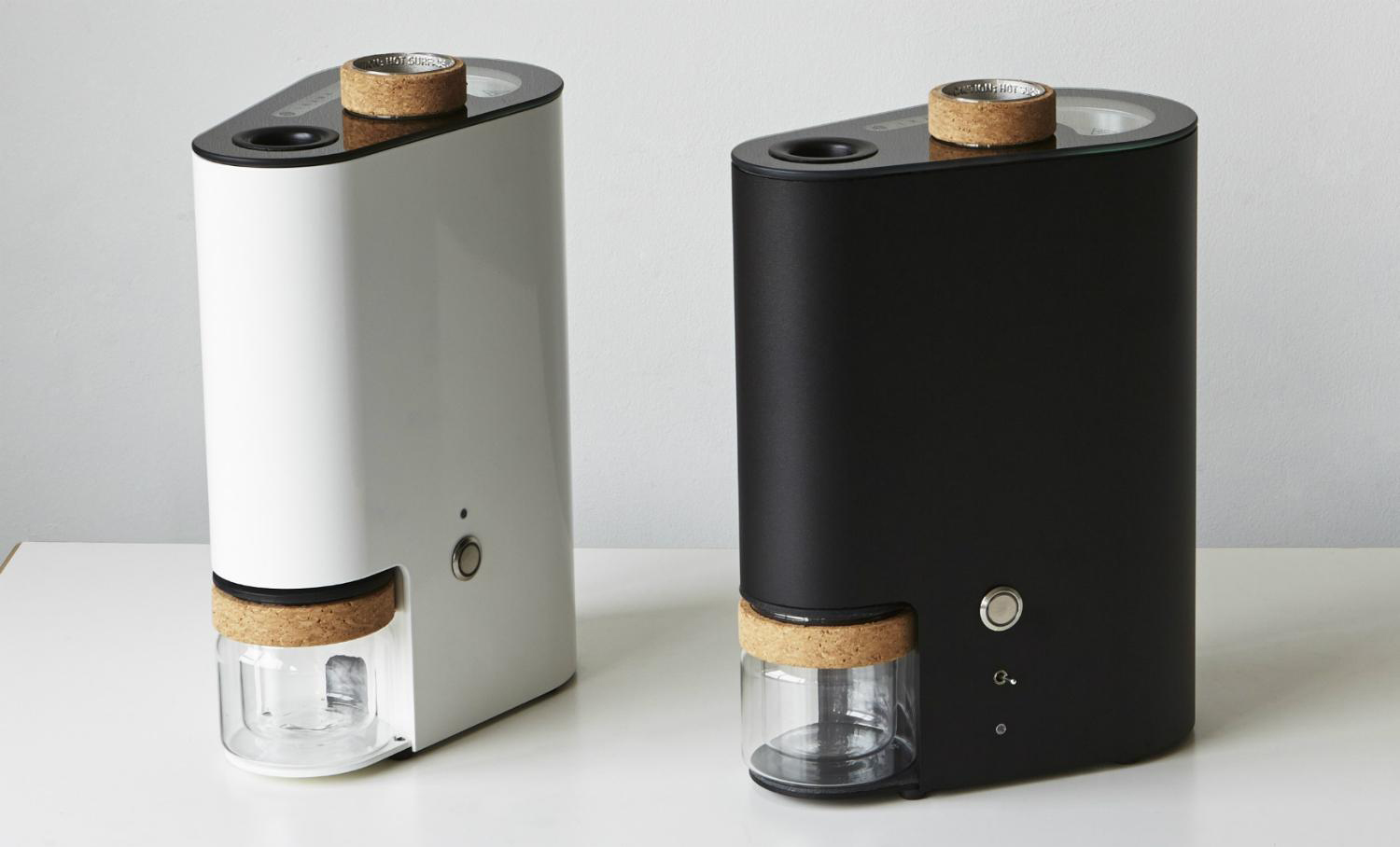
Ikawa, best known for its commercial sample roasters, now offers the Ikawa At Home at a fraction of the price of the commercial model. “Roasting coffee can have such an impact on the end result, so by making roasting at home less intimidating, we have found that our users are able to get results they like, quickly and enjoyably,” says Bradley Nelson, Head of Sales at Ikawa. With the availability of more advanced equipment, home roasters today can manage airflow and heat, while controlling time and temperature to create unique roast profiles for different coffee beans.
Of course, there will still always be tinkerers. “I think the best connection to the coffee roasting comes from the senses of sight, smell, and sound,” says home roaster Kent Harris. After realizing that there was no way to determine the temperature of the roasting beans inside his FreshRoast home roaster, Harris prototyped a modification for the appliance that would allow for easier control over the entire roasting process on his FreshRoast, which he now sells on an Etsy shop.
Sourcing one’s own green coffee is part of the home roasting adventure. Buying green directly from importers allows coffee enthusiasts to tap into a wider variety of origins and processing methods—and truly uncover their own tastes.
So where does a person get started? All home roasters know (or soon will know) about Sweet Marias. Founded in 1997 by partners enamored by home roasting and green coffee and now based in Oakland, Sweet Marias has a wide range of green coffee offerings starting at quantities as small as 1lb. The company also recently debuted a green coffee subscription program, which offers a monthly subscription to four or eight bags of green coffee, each in 1lb bags. “We hope that home roasters, both beginners and experts, can rely on us to keep their green coffee shelf fully stocked with a variety of coffees from around the world,” explains Byron Dote, Sweet Marias Marketing Manager.
Now more than ever, importers and even commercial roasters are heeding consumer demand for the smaller quantities of green coffee favored by home roasters. (Some coffee roasters, like Portland, Maine’s Tandem, are also starting to offer coffee beans as green because their customers want them, but we’re focusing here on some bigger players.)
Cafe Imports’ sub-brand La Bodega offers 50lb small-bag offerings, in the hope of “making coffee more accessible to everyone.” La Bodega is working on building a guide to simple roast profiles for their coffees focused on the general coffee profile. Sourcing & Marketing at Cafe Imports Sam Miller and team have considered doing smaller quantities, like 20lb and 10lb bags, “but the process of breaking down coffee bags and repackaging them creates more waste,” Miller explains. Is that what it will take to “get more coffee to more people?” he wonders.
Royal Coffee of Oakland recently launched its Crown Jewels program, making green coffee available in 1lb bags. Crown Jewel reserves 10 bags per coffee that makes the cut for the small bag program. These coffees are usually higher scoring, with a bright acidity and outstanding sweetness, followed by distinct finish notes. Each Crown Jewel is put through rigorous analysis, where each coffee is cupped across six sample states. “If the coffee doesn’t pass any one of those cuppings, it doesn’t move on. That isn’t to say, if we find a defect in something like 30 cups, the coffee definitely doesn’t pass—but even if we don’t think it is quite special enough, it may not pass,” says Gilman, who oversees the Crown Jewels program. They have neat resources for home roasters here.
On the east coast, Royal NY offers small “frac(tional)” packs of 5lbs, 10lbs, and 20lbs. Joe Borg, Green Buyer has seen that frac customers are “a mix between coffee enthusiasts as well as production roasters buying fresh decaf.” Royal NY’s frac coffees are selected by what “seems to be popular and most importantly fresh.” Borg has observed that many enjoy the traceable farm lots that have certifications and high quality of any specific origin. “We try to keep it simple here,” says Borg.
According to Harris, the 2020 pandemic has been a boon for home roasting. Membership in home roasting Facebook groups grew by bounds, and home roasting equipment experienced extreme shortages this summer. For those looking to direct their energies during these DIY-friendly and budget-unfriendly Covid times, home roasting has been a natural fit for coffee enthusiasts who can now enjoy a slew of options tailored to their individual styles.
Jiyoon Han is a Q Grader and coffee professional based in New York City and Boston. She is Co-Founder of the Coffee & Tea Club at Harvard Business School. Read more Jiyoon Han on Sprudge.




